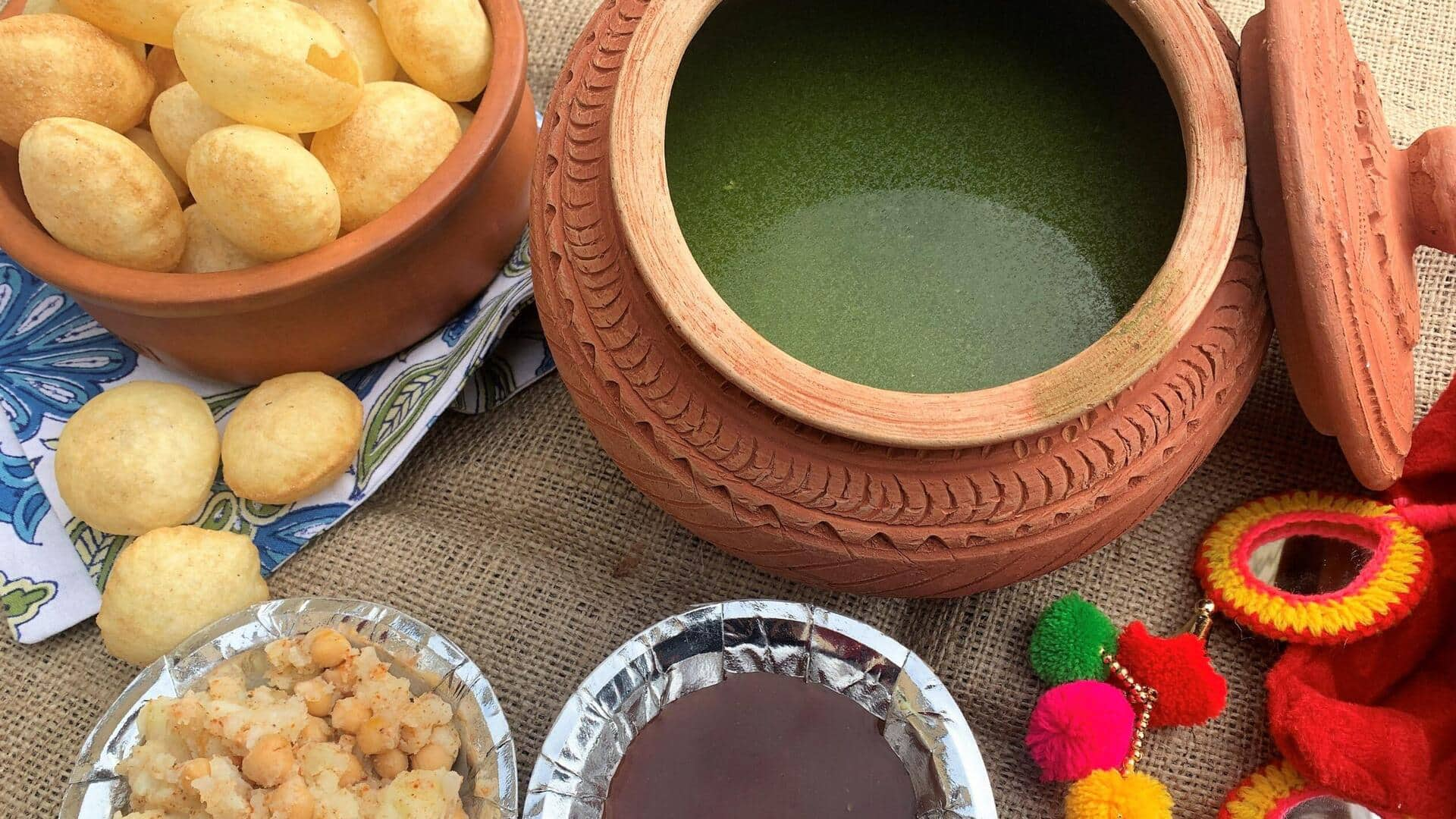
Tracing pani puri's history: Origins and regional variations
What's the story
Pani puri, a beloved street snack in India, boasts a rich history and diverse regional variations. This article delves into its origins, tracing how it spread across different regions and became a staple of India's culinary landscape. We explore its journey from traditional preparation methods to contemporary innovations, highlighting the snack's evolution while maintaining the essence of its traditional flavors.
Roots
The origins of a street food classic
The story of pani puri dates back to the ancient kingdoms of Magadha and Mahajanapadas, over 2,500 years ago. Originally, this snack was served cold to royalty during the intense summer months. It was made up of fried dough balls filled with a mix of flavored water, tamarind chutney, chickpeas, and potatoes. This combination provided a refreshing and satisfying treat for the royal palate.
Spread
A pan-Indian phenomenon
As traders and travelers journeyed across the Indian subcontinent, they brought the recipe for pani puri with them. This dissemination led to its widespread adoption in various regions, with each locale adding its own local flavors and ingredients to the mix. Consequently, today, it is recognized by over 10 different names, including golgappa in North India and phuchka in West Bengal.
Diversity
Regional variations galore
Each region in India offers a unique take on this beloved snack. In Mumbai, pani puris are filled with spicy mint water, sprouts, or boiled moong beans. Kolkata's phuchkas use tamarind water and a mix of spicy mashed potatoes for their filling. Meanwhile, in Delhi, golgappas are served with sweet tamarind chutney alongside spicy water, offering a delightful contrast of flavors.
Evolution
Innovation meets tradition
In recent years, chefs have embraced innovation with fillings like quinoa and avocado, and sauces ranging from beetroot juice to wasabi pea puree. These culinary experiments reflect the changing dietary preferences of consumers while preserving the traditional flavors that define this iconic dish. This blend of innovation and tradition ensures pani puri remains a cherished snack, marrying old flavors with new tastes.
DIY guide
Tips for enjoying authentic flavors at home
For those eager to enjoy authentic flavors at home, begin by crafting crisp puris from semolina dough. Prepare two distinct types of water: one infused with spicy mint-coriander and another with sweet tamarind. Boil potatoes or chickpeas to use as filling. To experience the full burst of flavors typical of street-side stalls, serve immediately after assembling.